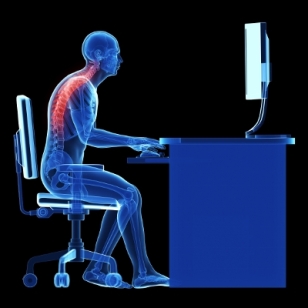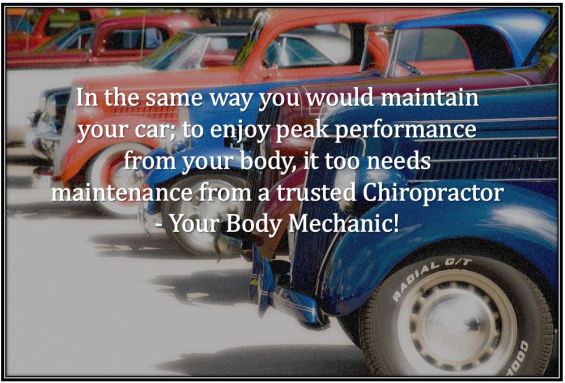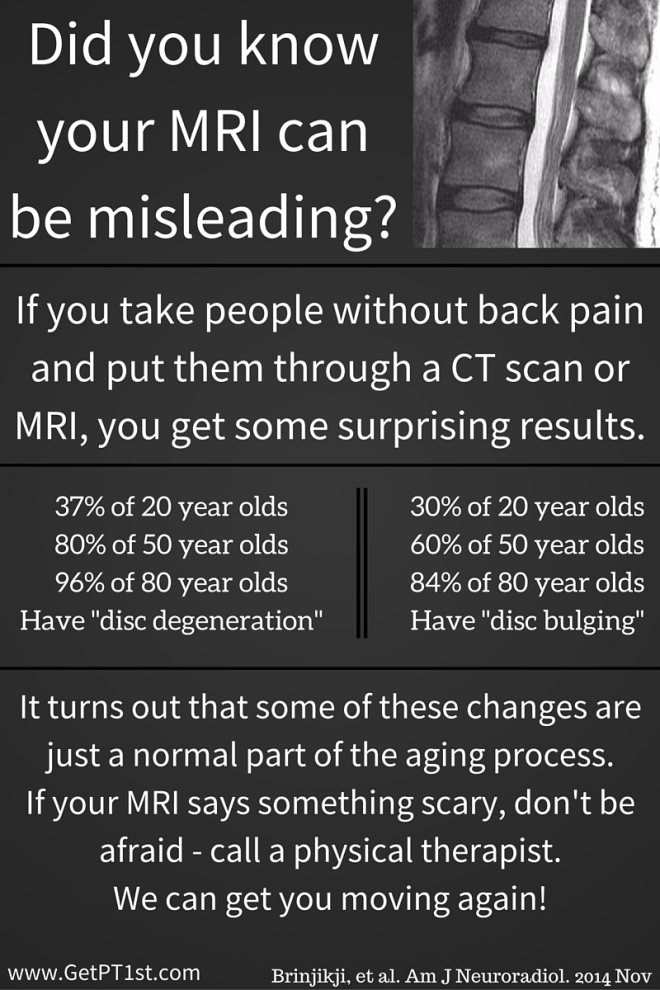
If you are among the many who have an office job, sitting most of the day, you should be aware that your spinal health affects your overall health — and chiropractic care can play a big part in it!
It is no surprise that every year more office workers find their way to the chiropractor. The workplace has transformed over the years and we are information based, sitting looking at our laptop, tablet or smart phone. This translates to sitting for hours on end.
How does this impact your health? Well, there are several ways, including:
- Poor Posture
- Increased stress
- Repetitive strain injuries like carpal tunnel syndrome
- Back and Neck pain
- Headaches
- Eyestrain
The above health issues are just a few that we chiropractors see and over time can have a negative impact on your health. This is why it’s so important to take charge of your health and be proactive by taking care of your health, your musculoskeletal system.
Your posture impacts your overall health!
A majority of the problems chiropractors see in office workers as well as those that tend to be sedentary throughout the day are issues directly related to poor posture. Sitting for long periods impacts your muscle – skeletal system. Your body was not designed to be sedentary for long stretches in unnatural postures, and the stress this places on your spine and joints.
Conditions that can be linked to poor posture at your desk?
- Headaches
- Neck pain
- Tingling into fingers, legs or arms
- Sinus pain and pressure
- Frozen shoulder
- Tight upper back muscles
- Fatigue
- Dizziness
- Tight hip muscles
- Low back pain
Many of the above symptoms are things that people don’t realize or make the connection between what they may be experiencing from their posture while at work.
Studies have found workers who deal with their back and neck pain through seeking out care with a movement specialist, like a chiropractor and who are proactive with their working ergonomics are able to increase their productivity at work with decreased sick days.
Isn’t it time to move better, be more productive with less aches and pains!
Call Dr. Stefanie Yao and let’s get you moving well in Victoria, BC at 250-704-1178







